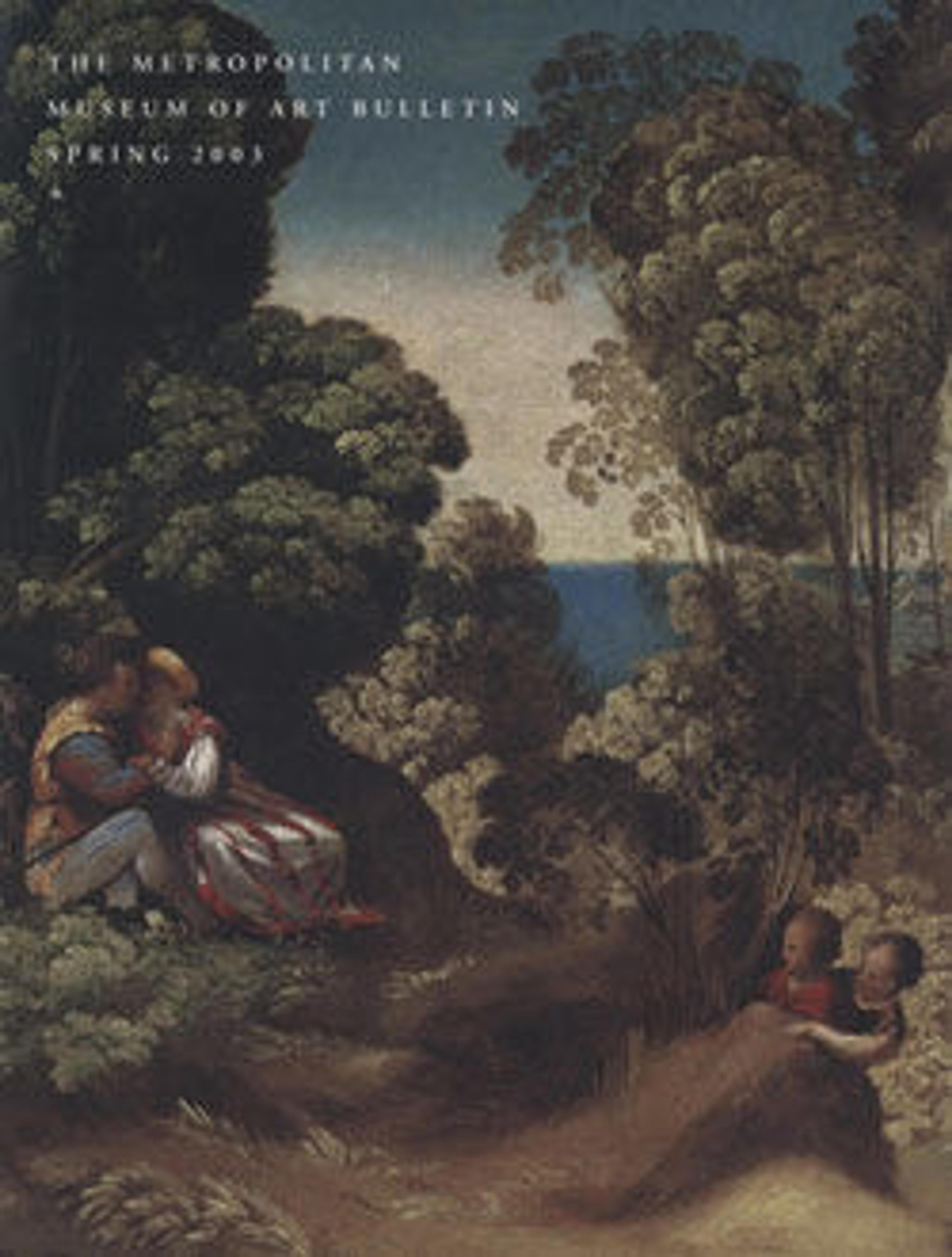Bartolomeo Bonghi (died 1584)
Dressed in his professorial robes and three-cornered hat, the legal scholar Bartolomeo Bonghi is shown holding a book on Roman civil law dedicated to him by its author in 1553. Through the open window is a tower that was one of the city of Bergamo’s most identifiable landmarks. Moroni was admired throughout northern Italy for his ability to capture his sitters "from life," or "from nature," in the words of the Venetian artist Titian. Works such as this were doubtless studied by the young Caravaggio.
Artwork Details
- Title:Bartolomeo Bonghi (died 1584)
- Artist:Giovanni Battista Moroni (Italian, Albino, no later than 1524–1578 Albino)
- Date:shortly after 1553
- Medium:Oil on canvas
- Dimensions:40 x 32 1/4 in. (101.6 x 81.9 cm)
- Classification:Paintings
- Credit Line:Purchase, Joseph Pulitzer Bequest, 1913
- Object Number:13.177
- Curatorial Department: European Paintings
More Artwork
Research Resources
The Met provides unparalleled resources for research and welcomes an international community of students and scholars. The Met's Open Access API is where creators and researchers can connect to the The Met collection. Open Access data and public domain images are available for unrestricted commercial and noncommercial use without permission or fee.
To request images under copyright and other restrictions, please use this Image Request form.
Feedback
We continue to research and examine historical and cultural context for objects in The Met collection. If you have comments or questions about this object record, please contact us using the form below. The Museum looks forward to receiving your comments.
